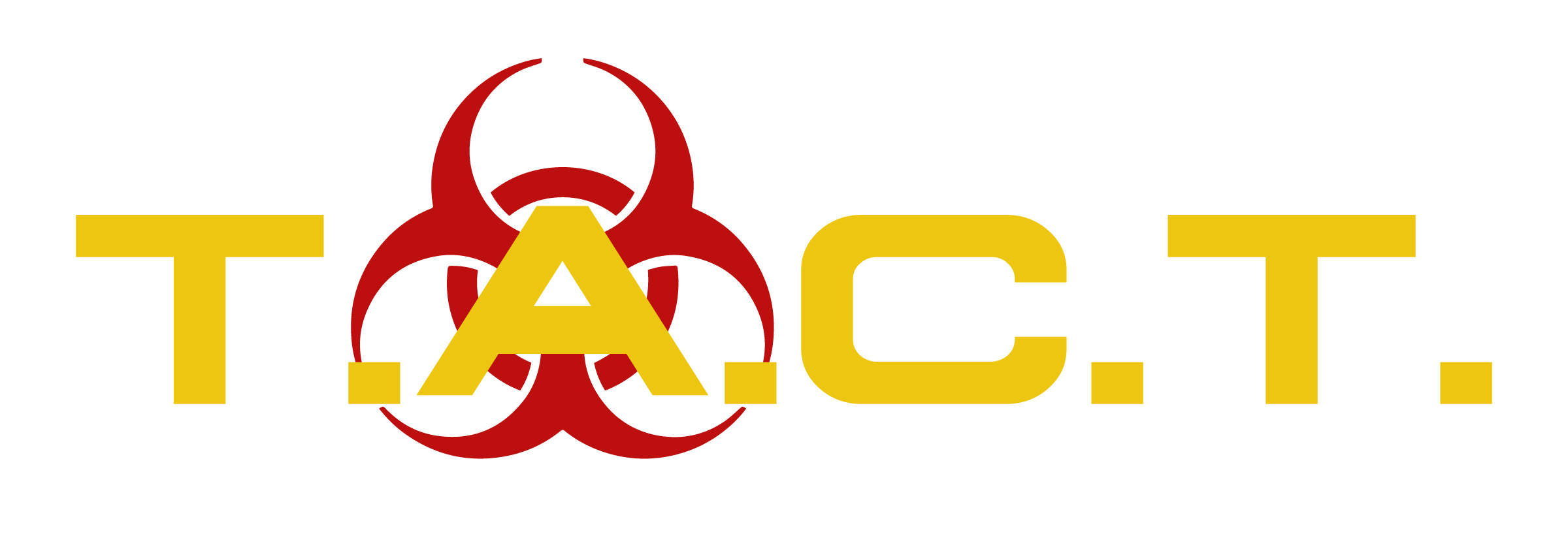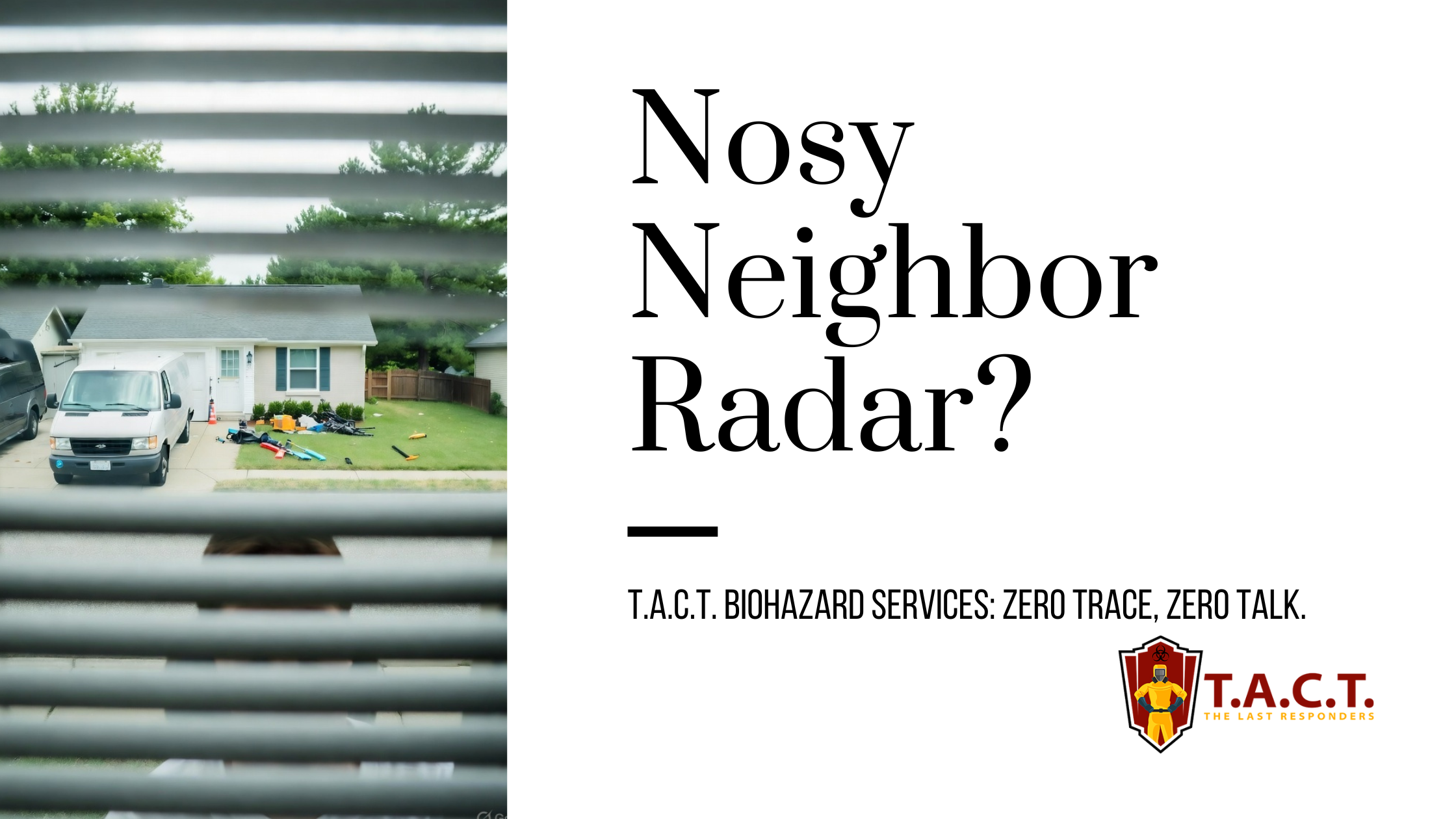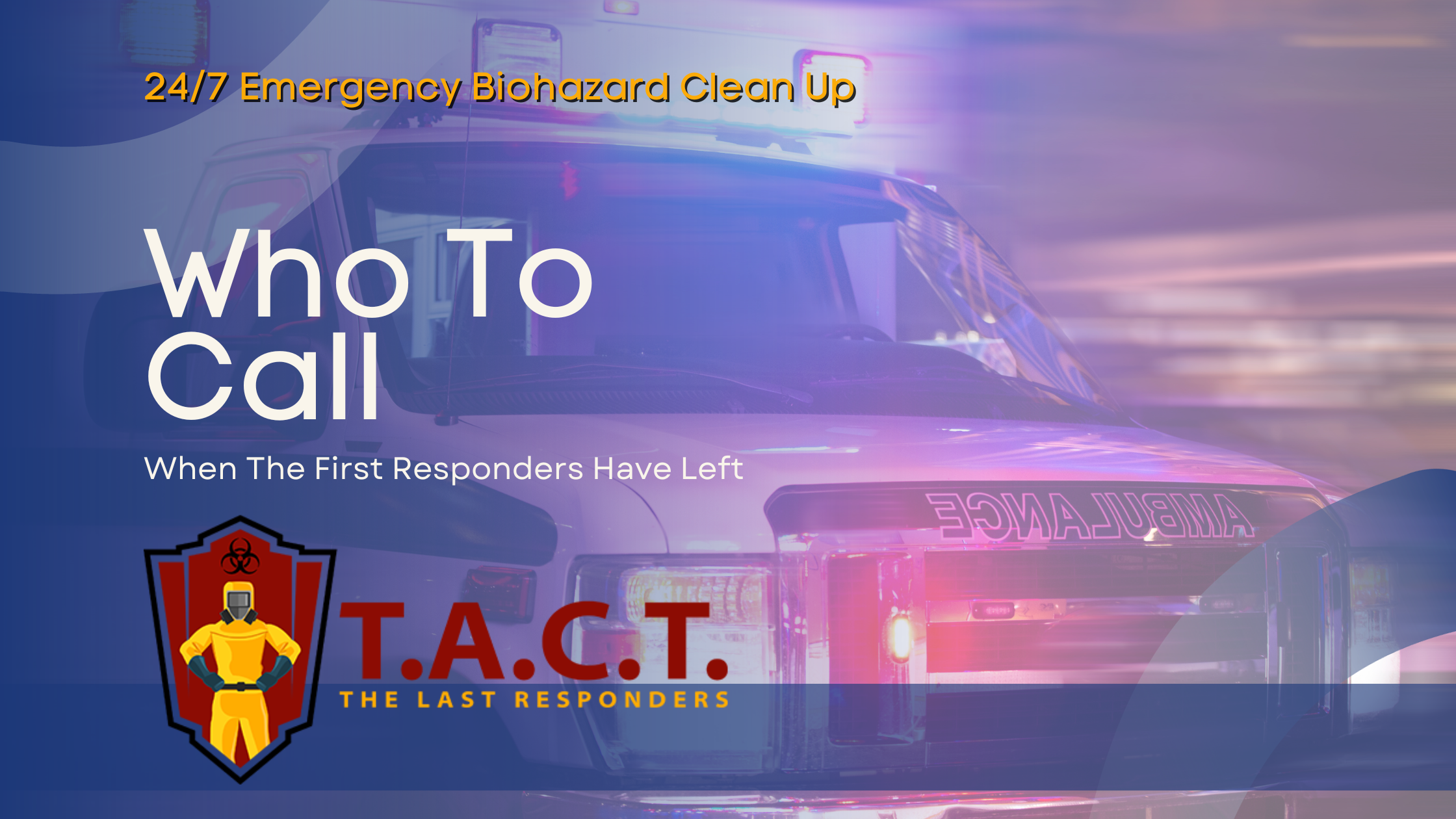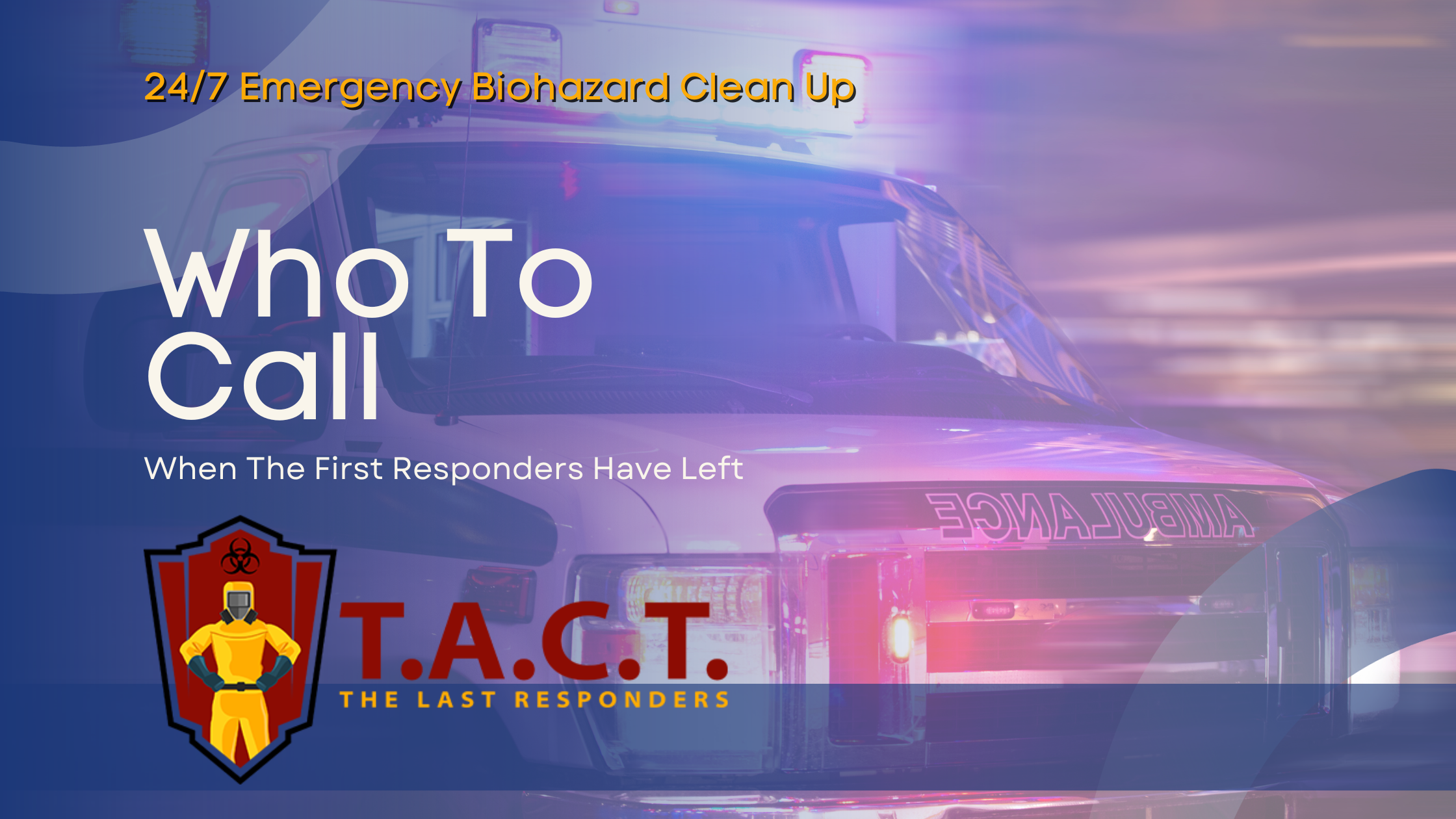Practical Strategies for Helping with Hoarding Disorder

How to Help with Hoarding: Practical Strategies for Support and Change
Hoarding is often misunderstood as mere clutter or disorganization, but in reality, it’s a deeply challenging mental health disorder that can significantly impact the individual and their loved ones. For family members and friends, watching someone struggle with hoarding can feel overwhelming. You may feel helpless about where to start or unsure of how to approach the situation in a way that fosters positive change.
This guide provides practical strategies and insights to better understand hoarding disorder, support someone you care about, and take the first steps toward meaningful change. Whether you’re a concerned family member, friend, or caregiver, these strategies can help foster empathy, promote recovery, and reduce the overall impact of hoarding on everyone involved.
Understanding Hoarding Disorder
Hoarding disorder is a recognized mental health condition listed in the DSM-5 (Diagnostic and Statistical Manual of Mental Disorders). It is characterized by the persistent difficulty in discarding or parting with items, regardless of their actual value. Over time, this behavior leads to excessive accumulation and often results in unsafe living conditions.
Key Characteristics of Hoarding Disorder:
Intense emotional attachment to possessions, even seemingly worthless items
Severe difficulty in decluttering or letting go of items
Significant distress caused by attempts to discard possessions
Cluttered living spaces that disrupt the normal use of the home
Health or safety risks due to the clutter (e.g., fire hazards, mold, pests)
Hoarding disorder often causes emotional distress, including anxiety, shame, and even denial. It can also lead to social isolation, as affected individuals may feel embarrassed to invite others into their home or interact with people who may judge them. The condition presents a long-term struggle but can be improved with persistent effort and proper support.
The Impact of Hoarding on Family Members
Hoarding doesn’t just affect the individual. Family members often experience profound emotional and relational challenges due to the disorder.
Common Challenges for Families:
Emotional distress, including frustration, helplessness, or even anger
Strained relationships due to disagreements about clutter
Conflict over living conditions and the use of shared spaces
A sense of social isolation as families may avoid having guests over
It’s essential to understand that these feelings are valid. Addressing hoarding disorder is emotionally draining, but acknowledging these feelings is the first step toward taking constructive action as a team.
Approaching the Conversation with Empathy
When talking to a loved one about their hoarding, the way you initiate the conversation can make a significant difference. The goal is to create an open and non-judgmental dialogue, which builds trust and encourages cooperation.
Lead with compassion and understanding: Begin the conversation by expressing care and concern rather than frustration. For example, say, “I’ve noticed things are piling up, and I’m worried about how this might be affecting you.”
Avoid blame or criticism: Statements like, “Why don’t you just throw this stuff away?” can feel judgmental and may cause the individual to shut down. Instead, focus on shared problem-solving.
Frame the discussion around their well-being: Try to steer the conversation toward the emotional and practical impact of the clutter, both on them and the rest of the family.
Patience and kindness are critical at this stage. It may take time for your loved one to accept the need for change, and that’s okay.
Treatment and Support Options
Tackling hoarding disorder often requires professional intervention. There are several effective evidence-based solutions available.
Cognitive Behavioral Therapy (CBT):
CBT is one of the most effective treatment approaches for hoarding disorder. It helps individuals identify and challenge the thought patterns that lead to hoarding behaviors while teaching practical decluttering and organizational skills.
Support Groups:
Organizations like the National Alliance on Mental Illness (NAMI) provide group settings where individuals and their families can connect with others who understand their experiences. This sense of community can be incredibly validating and empowering.
Medication:
For some individuals, antidepressant medications may be prescribed to treat underlying conditions such as anxiety or depression, which can exacerbate hoarding behavior.
Encourage your loved one to seek professional help and offer to support them in finding the right resources. Building a team that includes therapists, counselors, or support groups can make a world of difference.
Creating a Supportive Environment
Building a positive and supportive environment at home is essential for progress. Here’s how you can foster trust and collaboration:
Provide a judgment-free space: Open up opportunities for your loved one to talk about their feelings without fear of shame or criticism.
Respect boundaries: While you may be eager to help declutter, respect their autonomy and avoid pushing them into decisions they’re not ready to make.
Be an active supporter: Offer practical help, such as assisting in specific cleaning tasks or finding professional resources. Show that you’re there for them every step of the way, without being overbearing.
Practical Strategies for Change
When your loved one is ready to start addressing their hoarding behaviors, taking small, manageable steps can lead to long-term progress.
Start small: Help them choose one specific area to focus on, such as a single drawer or a small section of a room.
Create achievable goals: For example, aim to discard just one item a day.
Encourage the “one in, one out” rule: For every new item brought into the house, one existing item should be discarded to maintain balance.
Develop organization systems: Simple organizing solutions like labeled bins or shelves can make a clutter-free environment easier to maintain.
Challenge negative thoughts: Work together to identify and replace unhelpful beliefs, such as, “I might need this someday,” with healthier perspectives.
Overcoming Obstacles Along the Way
The path to recovery isn’t linear. Expect setbacks and foster resilience by remaining patient and understanding. Here are some potential obstacles and ways to address them:
Resistance to change: If the individual seems unwilling, continue providing gentle encouragement and focus on the benefits of progress, rather than the negatives.
Enabling behavior: Avoid actions that indirectly support the hoarding, such as purchasing additional storage solutions or cleaning up without their involvement.
Frustration: If emotions run high, take a step back and revisit the conversation when everyone feels calmer.
Professional Help for Stubborn Cases
If your loved one resists treatment or if the condition poses severe health or safety risks, consider involving a professional therapist or counselor. Mental health professionals can act as mediators and provide structured interventions tailored to this condition.
Additionally, local resources, such as social workers or hoarding task forces, are valuable for particularly complicated cases.
Recovery is Possible with the Right Support
Hoarding disorder is a complex condition, but progress and recovery are achievable. While helping someone with hoarding isn’t always straightforward, it’s a worthwhile effort—and every small step adds up to a significant change.
If you or your loved one are struggling, know that you don’t have to face this alone. Seeking support from professionals, support groups, and compassionate family members can lay the foundation for a healthier, happier future.
Together, change isn’t just possible—it’s well within reach.
Latest news

Nosy neighbors peeking? T.A.C.T. North Atlanta offers discreet biohazard remediation for rodent infestations, mold, hoarding, and more. Unmarked vehicles, quiet experts, full privacy—24/7 service at 470-781-4775.
Read More

